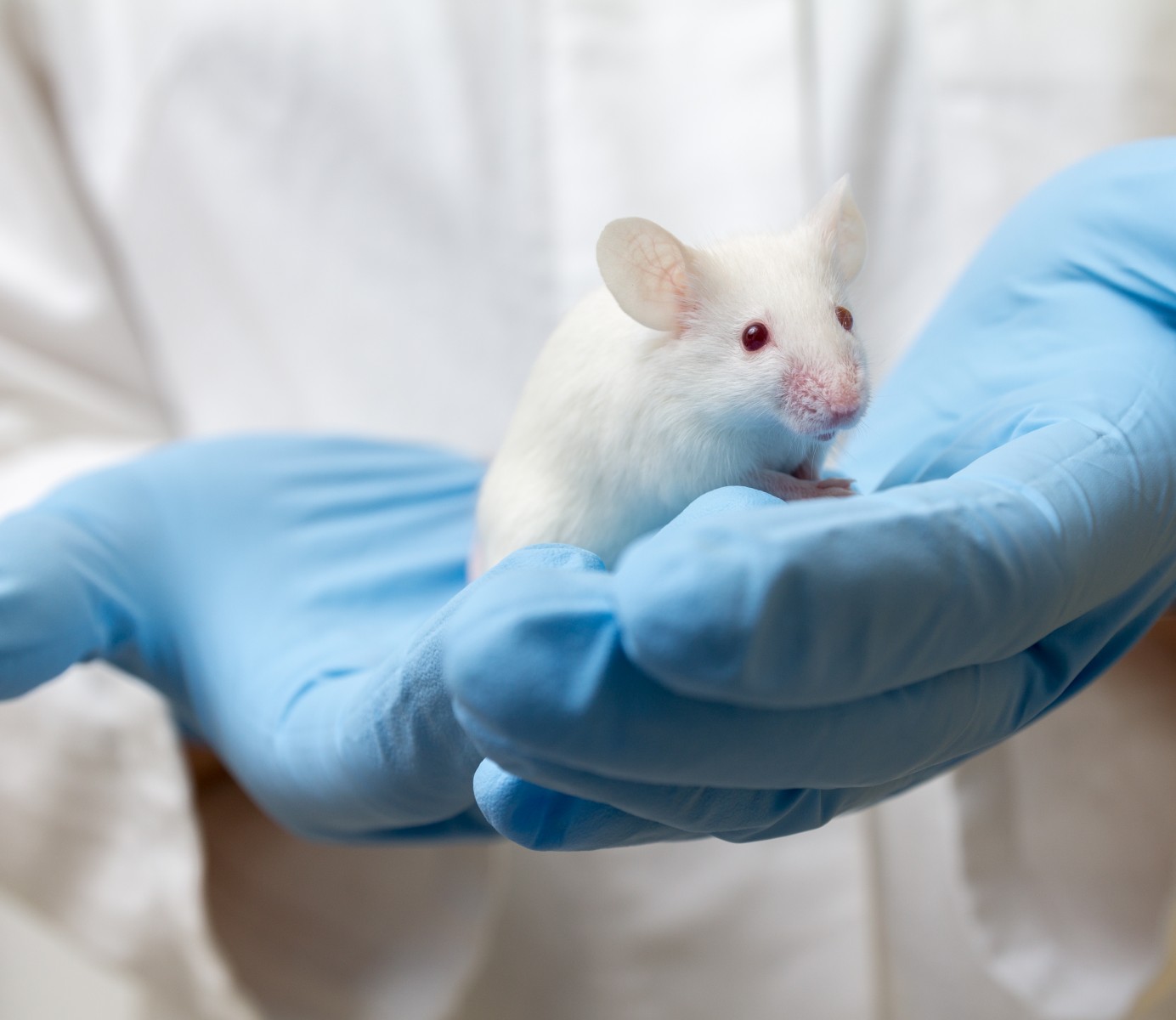Modified Version of NAGLU Enzyme Restored Activity and Cleared Heparin Sulfate in Mouse Study
Written by |

Injecting a modified version of the NAGLU enzyme directly into the brains of mice with Sanfilippo syndrome type B normalized the enzyme’s activity and cleared the accumulation of heparan sulphate from the central nervous system of the affected mice.
The study, “Clearance of Heparan Sulfate and Attenuation of CNS Pathology by Intracerebroventricular BMN 250 in Sanfilippo Type B Mice,” was published in the journal Molecular Therapy Methods & Clinical Development.
Sanfilippo syndrome type B is a genetic disease caused by mutations in the NAGLU gene that provides instructions for the enzyme of the same name. The NAGLU enzyme is required for the complete degradation of a molecule called heparan sulfate.
A deficiency of NAGLU enzyme leads to the harmful accumulation of partially degraded heparan sulfate, generally in the cells of the central nervous system (CNS).
There are currently no disease-modifying therapies (DMTs) approved for Sanfilippo syndrome, so researchers are working to develop treatments that can help clear accumulated heparan sulfate — and in this way, prevent disease progression.
To restore the deficient enzyme’s activity in the CNS, any therapy must be able to cross the blood-brain barrier (BBB) — a membrane that surrounds and protects the brain. One of the ways that researchers can overcome this barrier is by administering treatment directly into the cerebrospinal fluid (CSF), a process called intracerebroventricular (ICV) injection.
Other studies have shown that infusion of a modified form of NAGLU fused to the protein IGF2 (NAGLU-IFG2) — which works like a natural GPS — allows for specific targeting of the lysosome, the cellular organelle where heparan sulfate accumulates.
In previous studies, administration of NAGLU-IGF2 directly into the brain of a mouse model of Sanfilippo syndrome type B genetically modified to lack the NAGLU enzyme was associated with significant uptake of the enzyme into the brain, along with clearance of heparan sulfate accumulation.
Importantly, there was no sign of re-accumulation for at least one month after treatment. Even though NAGLU-IGF2 was predominantly taken up by neurons, the treatment was able to completely normalize heparan sulfate storage in most of the brain.
In this study, researchers aimed to determine whether NAGLU-IGF2 delivered directly into the brain could access different regions and cell types and lead to an improvement in not just heparan sulfate storage, but also secondary changes, such as an improvement in neuroinflammation.
Mice that lacked the NAGLU enzyme were treated with 1-100 micrograms (a microgram is one-millionth of a gram) ICV doses of NAGLU-IGF2 four times over a two-week period.
One day after the last dose of 100 micrograms of NAGLU-IGF2, enzyme activity was found to be above normal, even when compared to unaffected healthy mice.
Additionally, NAGLU-IGF2 was found to be taken up by different CNS cell types, including nerve cells, astrocytes, microglia, and endothelial cells. However, most of the enzyme was found within nerve cells.
This normalization of the NAGLU enzyme’s activity was also associated with a complete clearance of disease-specific heparan sulfate, as well as a decrease in the harmful secondary effects of its accumulation.
A Phase 1/2 clinical trial (NCT02754076) is currently evaluating NAGLU-IGF2 — also known as BMN 250, developed by BioMarin Pharmaceutical — in terms of its safety, tolerability, pharmacology, efficacy, and cognitive function improvement in Sanfilippo syndrome type B patients.
The BioMarin-sponsored trial is recruiting children ages 1-10 with deficient NAGLU enzyme and signs or symptoms consistent with Sanfilippo syndrome type B, or MPS IIIB. For more information, visit the clinical trial webpage here.





